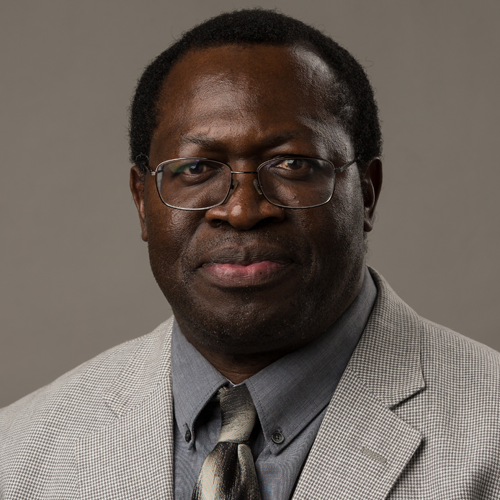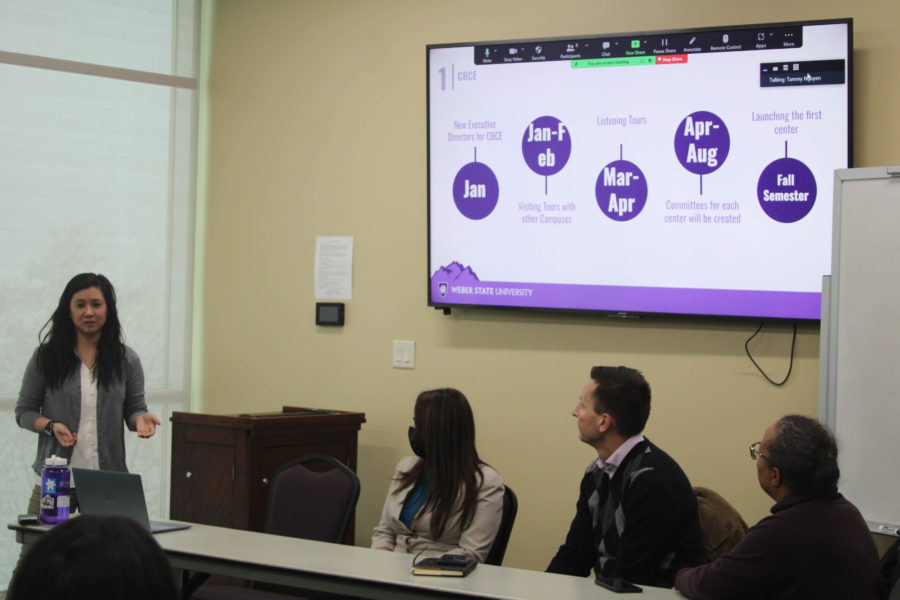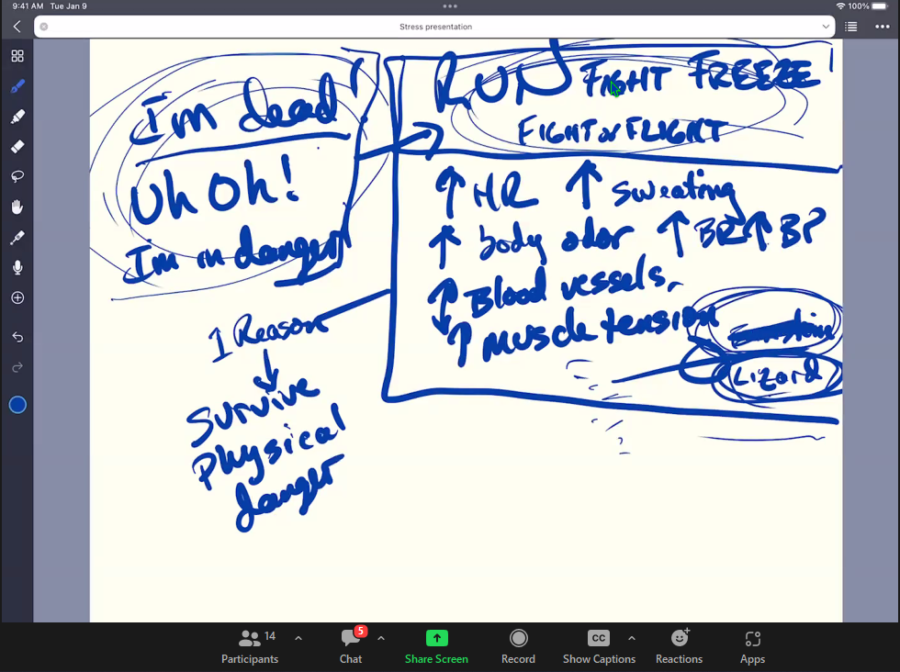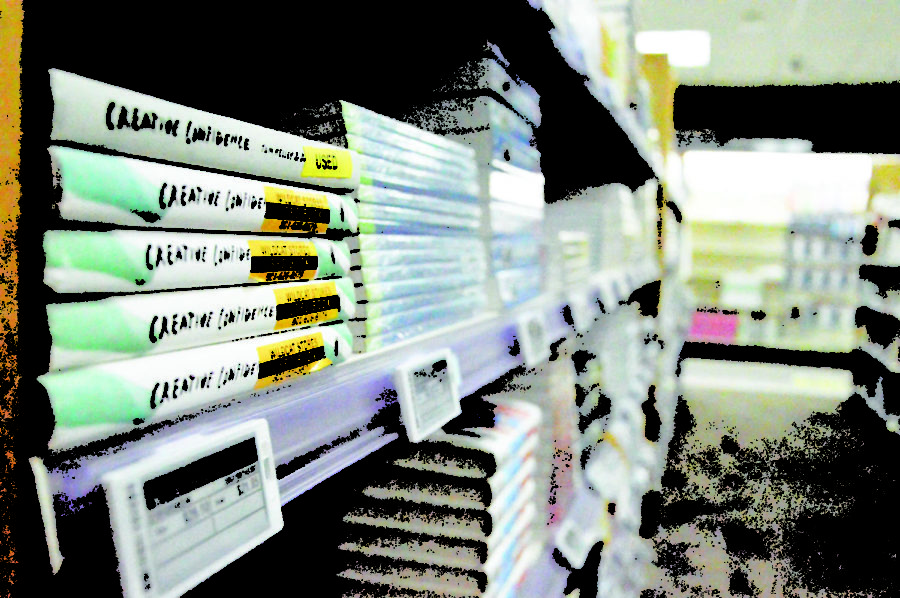When the street is your home, a jail may be your only healthcare provider.
Across the country, thousands of homeless people, many whom are suffering from mental illness, are met with little sympathy and no treatment. They fall through the cracks of a system that lacks effective resources.
“We don’t have the treatment part down,” said Michael McAinsh, who spent months living on the streets of Salt Lake City after he was released from prison nearly two years ago.

An estimated 25 percent of homeless people in the U.S. suffer from a severe mental illness, according to the U.S. Department of Housing and Urban Development. As people grapple with illnesses such as schizophrenia and bipolar disorder, they land — and get stuck — on the streets.
McAinsh said he sees this situation frequently in his new role as a director for the Utah Prisoner Advocate Network, an organization dedicated to supporting inmates and their families. “They aren’t getting help,” he said.

In the absence of care, otherwise treatable illnesses become overwhelming.
“There really are no resources for treatment that are meaningful for people,” said Anna Thomas, the strategic communications manager for the ACLU of Utah, which works to defend the rights of homeless and incarcerated individuals. “It’s much more difficult for someone suffering from a very serious mental illness to get access to medication on a regular basis, treatment on a regular basis, assistance for housing and work on a regular basis.”
All too often, mental illness causes behavior that attracts the attention of law enforcement and lands individuals behind bars. Consequently, the burden of care falls upon an overwhelmed criminal justice system.
Nationally, about 20 percent of jail inmates have a serious mental illness, a U.S. Department of Justice survey estimates.

“As long as we’re addressing mental health issues through the criminal justice system, we’re going to be doing an enormous disservice to people,” Thomas said.
On any given day, the Weber County Jail houses about 900 inmates, including the main jail on 12th Street and the work-release site on Kiesel Avenue.
The number of Weber County Jail inmates suffering from a mental illness is unknown. The records officer for the Weber County Sheriff’s Office said the jail does not have access to that number because they contract with an outside provider, Alpha Counseling & Treatment Inc., for mental health services. Alpha Counseling had the same message. They do not track the number of inmates receiving mental health services.
The health administrator for the Weber County Jail, Dr. Kay Haw, did not respond to multiple requests from The Signpost to discuss mental health services at the jail.
The price of a broken system
Each year in late January, Utah conducts a physical count of every homeless person living either in a temporary shelter or on the streets on a single night. According to the 2016 Point In Time survey, there were 2,807 homeless people. More than 230 of these people were unsheltered, meaning they were on streets, in parks or camped in other places not designated as temporary shelters.
When McAinsh was released from prison, he spent his first night of freedom in 15 years sleeping on the ground at This is the Place Heritage Park.
While there’s no direct connection between unsheltered homeless people and jail inmates, experts point to a street-to-cell cycle that is hard to break.
“We have a situation where we don’t have places for these people to go,” Thomas said. “I’ve heard of situations in cities across Utah where somebody with a mental illness either doesn’t have access to a treatment facility or maybe doesn’t want to live in one, and when they’re approached by law enforcement, they’re expected to interact with law enforcement and other government agencies in a way that they may not actually be capable of due to their unique mental situation.”
On March 1, about 3 percent of Weber County Jail inmates had no physical address listed, which indicates an inmate’s homeless status.

“We have a criminal justice system, which I include law enforcement in, that is not very expansive in understanding how people with mental illnesses can and should behave,” Thomas said. “Behavior is often misinterpreted as a public safety issue when, really, people are just uncomfortable or don’t understand where a person with mental illness is coming from.”
The costs reach beyond the incalculable emotional tolls and into taxpayers’ pockets. Former President Barack Obama’s 2016 budget called for nearly $5.5 billion in targeted homeless assistance. In 2015, the government spent $5.19 million on programs for the homeless, according to the United States Interagency Council on Homelessness.
Yet Thomas said political will is still lacking. She points to the recent backlash surrounding proposed locations for a new homeless shelter in Utah. Draper City Mayor Troy Walker rescinded his offer on March 29 for a site in his city after he was met with a mob-like response from constituents. More than 700 residents packed a meeting and threatened the mayor with impeachment and a lawsuit if he did not resign the offer.
“We’re all humiliated that we have a small portion of the world’s population, but the most people incarcerated,” Thomas said. “But when push comes to shove, we just don’t want those people anywhere near us. Residents in Salt Lake City’s downtown area would rather just lock up every person who’s on the street right now in the Rio Grande neighborhood.”
Roadblocks to treatment
McAinsh said he often deals with homeless and mentally ill individuals who don’t know what their options are.
“There’s all kinds of information and resources out there,” he said. “But it’s even difficult for an organization like UPAN to get all of the information. It’s a group over here doing this and a group over there doing that. We haven’t been able to draw all of that together.”
When someone is able to track down options, the combination of mental illness and homelessness creates an equation that is difficult to solve in terms of treatment.
Dr. Todd Thatcher is the chief medical director of Valley Behavioral Health, a nonprofit network of clinics that offer specialized services for adults who are homeless and have severe mental illnesses.
Thatcher said there are three main complications. For starters, someone with an untreated mental illness can get to a point where he or she is unaware of their disorder. It’s called poor insight, he said, and it contributes to refusal of treatment.
Next, the untreated individual can have trouble accessing treatment, often because homeless people have no insurance.
Lastly, substance abuse and drug dependency make a difficult situation even more so.
If a doctor can help a patient clear all three hurdles, the patient still needs to keep up with treatment. More often than not, he or she doesn’t.
“You watch these people go through, despite your best effort, a couple of years of doing well. Then things go bad, and they’re on the streets again,” Thatcher said. “Then you get them off the street, work for a couple years, and you get this cycle that happens. That’s just a very frustrating part of working with this population.”
And when jails are forced to play the role of medical treatment facilities, Thatcher explained, the problems pile up.

It’s a role most correctional officers aren’t prepared to fill. “If they wanted to work in a state hospital or a psychiatric hospital, they’d go apply for that job,” Thatcher said.
As correctional facilities, jails aren’t meant to provide good mental health care. Yet mental health treatment facilities are “dwarfed by the criminal justice system,” Thatcher said.
There are ten times more people with mental illnesses in jails or prisons than there are in state-funded psychiatric facilities, according to the Treatment Advocacy Center.
“It can be a very frightening situation for them to go to jail because they don’t often get the best care,” Thatcher said. “I’ve had many patients tell me that they’ll get there and it will take days to get medications. Or whatever meds they get, they don’t get the right kinds.”
Policy consequences
Sixty years ago, a person with a serious mental illness may have spent his or her days in a psychiatric hospital. For years, though, states have cut down on mental illness treatment resources.
The trend began with the 1950s’ policy of deinstitutionalization, a movement to begin closing down public psychiatric hospitals. It was justified by the well-meaning idea that treatment should be less restrictive, and the goal of shutting down facilities was for people to live safer and happier lives within their communities.
The mentally-afflicted population was not well-understood by society during that time, according to Jackie Rendo, mentoring program director and criminal justice advocate for Utah’s chapter of the National Alliance on Mental Illness.
To compound the issue, medical research and resources regarding mental health were lagging.
“If you went to a doctor’s office and said, ‘I have schizophrenia or bipolar disorder, and so on, and I want to know how to prevent myself from having a psychotic break,’ they basically had no options for you,” Rendo said.
She compares the situation to a physician telling a patient with a risk of cardiac disease that there is no way to prevent a heart attack.
“For a very long time, there was no treatment, no early identification, nothing, until somebody had their first psychotic break,” Rendo said. “Which is, in a sense, the equivalent of a heart attack.”
According to Rendo, by the time somebody had what was medically recognized as his or her first psychotic break, he or she had been experiencing symptoms years before that.
Such occurrences, she said, revealed a hole in diagnoses and treatment.
“An often-quoted statistic is that people would be symptomatic for 10 years before they would get treatment,” Rendo said.
As research was scarce then, treatment options are scarce now.
The Treatment Advocacy Center reports that Utah — along with every other state in the country — fails to meet a minimum standard of 50 beds per 100,000 people for individuals with severe mental illness. The same 2016 report counted 252 public psychiatric beds in Utah, which is just 8.4 beds per 100,000.
Similarly, every state in the nation incarcerates more individuals with severe mental illness than they hospitalize, according to the Treatment Advocacy Center.
The future
“The resources are not good,” McAinsh said. Yet he finds hope in the non-profit organizations and social services throughout Utah. “The people themselves are really trying their hardest.”
McAinsh described the amount of needed reform and work as “overwhelming,” but said he recognizes the progress being made. He has great respect for those who could make more money but choose to make a modest living by dedicating themselves to the compassionate, though underpaid, work of helping others.
They contribute at places such as the Road Home, Community Connections Center, the Valley Storefront and the Fourth Street Clinic.
“When they treated me at the Fourth Street Clinic, I got the same PA (physician’s assistant) every time,” he said. “And she’d come in and she was so glad to see me. She really treated me like a human being.”
McAinsh said he understands the pain and frustration that inmates, sufferers of mental illness and homeless individuals go through; he said it’s what makes him an effective advocate. And it’s also why he won’t stop working.
Despite the seemingly-bleak situation, he wants to continue to recognize the people and places trying their best to help.
When he needed to see a doctor for a sinus infection, the Fourth Street Clinic helped. When he needed a clean shower and an opportunity to wash clothes, the Valley Storefront, which is a branch of the clinics Thatcher oversees, offered its resources.
“It’s easy to hear the subject and go, ‘Wow, I guess there’s no hope,’” Thatcher said. “I want to be very clear. There’s lots of hope. You just have to get people into treatment to get that hope going.”






















